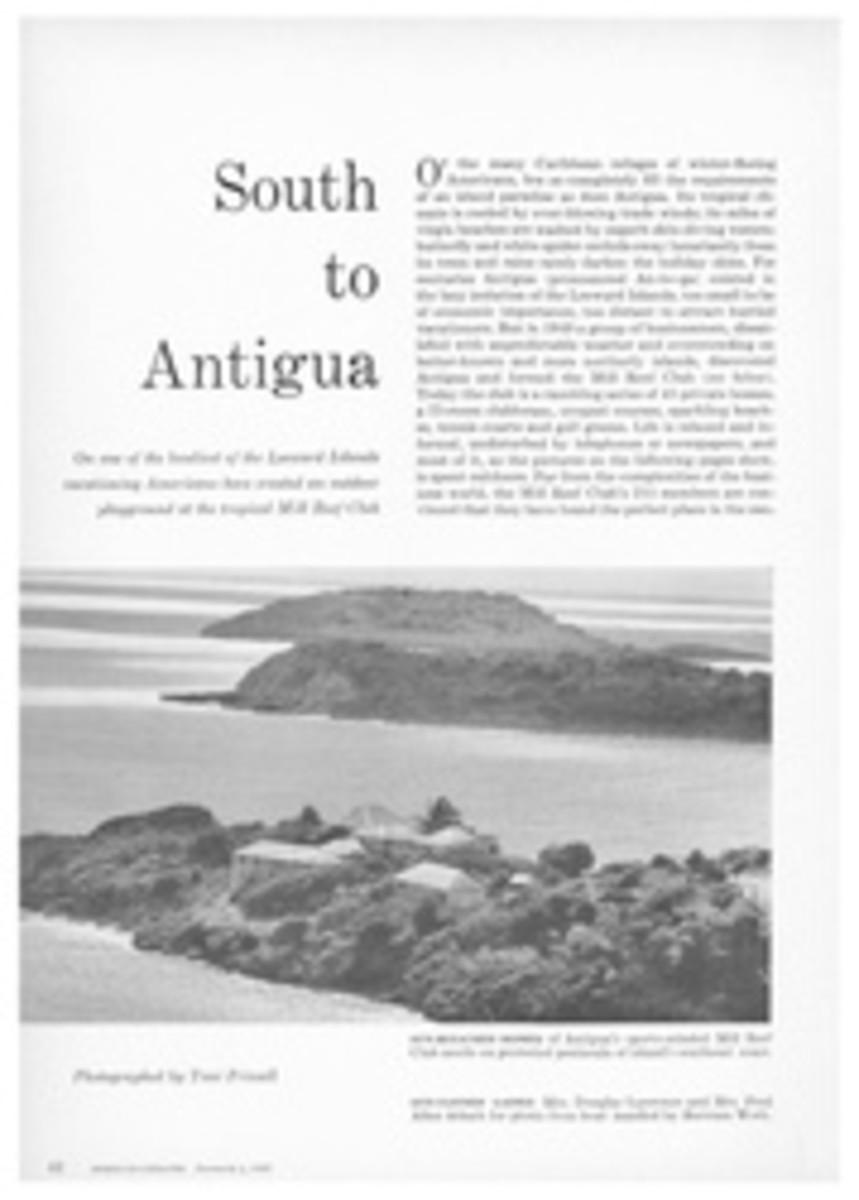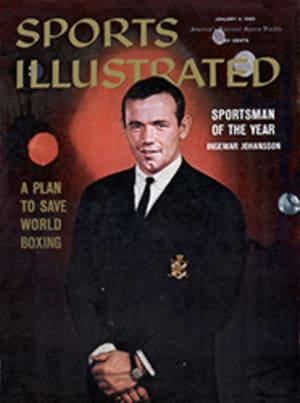
A second look at the compact cars
The latest fad along the winter racing circuit is the compact car race. Not that anyone truly believes that a racecourse is the proper place for a complete test of the relative merits of the Falcon, Corvair, Valiant, Lark and Rambler, but the showmanship that lurks restlessly in the breasts of all race-track impresarios prods them into staging the matches now that interest is running so high in these newish Detroit products. First we had the six-hour endurance events at the Continental Divide Raceways near Denver in mid-November, and four weeks later a two-hour race for compacts at Sebring—an event that Promoter Alec Ulmann staged as a curtain-raiser to his Grand Prix main event. On Sunday, January 31, Bill France will run off several compact races at his Daytona International Speedway, and CBS television cameras will be there to report the matter to a nationwide audience.
Although there is something undeniably intriguing in finding out how the compacts will stand up against one another under the severities of a tough race, I frankly found the two races to date something less than great theatre—or even great sport. For one thing, the conditions were far from equable at either Denver or Sebring. For another, neither race managed to generate the kind of suspense one might have expected in early trials between these highly competitive machines.
At Denver, where five Corvairs, three Falcons and one Rambler showed up along with a representative selection of smaller European cars, it was an easy run to victory for the six-cylinder, 127-hp Rambler, which had the biggest engine in the race. During the early going it was quite evident that there was little to choose between Corvair and Falcon in either speed or maneuverability on this twisting, hilly course, but after the first hour or so the Corvairs, through no fault of their own, simply didn't have a chance. The race had been so hastily organized that the local Chevy dealers who entered the Corvairs as a team had to run them on ordinary, everyday rubber, which wouldn't take the cars more than about 60 miles under racing conditions. For a while it seemed as if the Corvairs were spending as much time in the pits as on the track. However, Denver did prove that all three compacts, as well as the European cars, could take the strain of six hours of rough going without a murmur, for not a single car in the race was forced to drop out for mechanical reasons.
Sebring was not, strictly speaking, a compact race, although all five of the Detroit compacts were represented in one way or another. Under the international rules which governed the race, it was possible to enter sedans with a displacement as high as 5,000 cc. and a maximum price of $5,000. Thus the Larks could use their 180-hp V-8 engines instead of the six-cylinder, 80-to-100-hp motor one normally associates with the compact car. And Briggs Cunningham was able to enter two of his 3.4-liter Jaguars, perhaps the fastest sedans in the world that you can buy right off a dealer's floor. Hardly anyone would be likely to argue, however, that the Jaguar's $4,815 price tag would put it in a class with the compacts.
Both Lark and Corvair showed up with three cars apiece, and each of them was as completely modified for racing as the rules would allow. Ed Lane, a Miami Springs, Fla. dealer, entered the Larks, and his team of top mechanics was headed by John Holman of Charlotte, N.C., one of the South's leading specialists in tuning cars for racing. Lane's drivers were Curtis Turner, Fireball Roberts and Ralph Moody, three of the very best on the NASCAR circuit. The Corvairs belonged to Don Allen, the big Chevy dealer in New York and Miami Beach, and their straw boss was Zora Duntov, a General Motors specialist who headed the Corvette racing team before Detroit decided back in 1957 to eschew speed. Two of Allen's drivers were from the front rank of sports car competition—George Constantine and Ed Hugus. The third was none other than Rodger Ward, the 1959 Indianapolis winner and national driving champion. As usual, Cunningham had the brilliant New York automotive surgeon, Alfred Momo, in charge of his Jags, and behind the wheels of his cars were Walt Hansgen and Ed Crawford, both leading U.S. sports car drivers.
It was pretty haphazard opposition that Falcon, Valiantand Rambler submitted against this formidable lineup. The Valiants and the lone Rambler, a six, were strictly free-lance entries right off the showroom floor and driven by unknowns. At the last minute, the Sebring officials realized they didn't have a single Falcon in the race, so they persuaded a local dealer to enter one that he happened to have on hand. Denise McCluggage, one of the ablest female drivers around, was signed on for the ride, but her early practice laps were not encouraging. At the 11th hour two racing specialists magically appeared on the scene with appropriate spare parts and other racing paraphernalia, so that on the morning of the race the Falcon seemed to be about 10 miles an hour faster than it had been in its trials.
Without any doubt, the surprise of the race was the performance of the Larks. They stayed within hailing distance of the Jags all the way, and even with a 34-second pit stop for fuel, Turner's Lark was only 38
seconds behind Hansgen's winning Jag at the finish. Crawford's Jag was third and Roberts' Lark fourth. After that it was not really a race—except by class (see box)—although it would be remiss not to note that once again Art Riley and his remarkable Volvo, which had done so well at Lime Rock in the past, beat many bigger cars to finish fifth.
It was to be expected that the Cor-vairs would dominate the Falcon and Rambler and two Valiants—assuming the Corvairs weren't bothered by the tire trouble that hexed them at Denver. Well, the tires stood up fine, and the Hugus-driven Corvair finished sixth, just ahead of a second Volvo driven by Pedro Rodriguez, the precocious Mexican teen-ager. Duntov and his crew re-rigged the suspension on the Corvairs to give their independently hung rear wheels a negative camber (SI, Dec. 21), and there was no trouble at all with the special racing tires they wore. These tires were made with a nylon body and a somewhat harder tread compound than those that would normally come with the car. Unfortunately, Ward's Corvair seized up on him toward the end of the race, and Constantine's, which had been running bumper to bumper with Hugus' right up to the end, faltered on the last few laps and finished 10th. Ahead of him in eighth place was the McCluggage Falcon, followed in ninth by a Valiant driven by Jeff Stevens.
The general impression, then, after two of these compact races, would have to be that in their natal condition there is not much to choose from on performance among the Big Three's compacts. If you put one of them into the hands of a superior driver and experienced mechanics it is bound to outperform another compact that is casually prepared for racing. But, on the evidence of Denver and Sebring, one would have to say that they all corner and brake and accelerate and wind up to top speed about alike. The somewhat larger six-cylinder engines probably give the Rambler and the Lark a slight edge in over-all speed, but nothing else.
Now all eyes will turn to Daytona, so if you are watching it on television you should keep one thing in mind: some of the compacts will be beautifully prepared for racing and, most likely, some will not. Let's hope that whoever does the commentary will tell us which is which.
[originallink:10495756:41863]
PHOTO
COMPACT LARK (1) STICKS TO HEELS OF LEADING JAGUAR (10)

